Small Changes That Make a Big Difference in Group Work
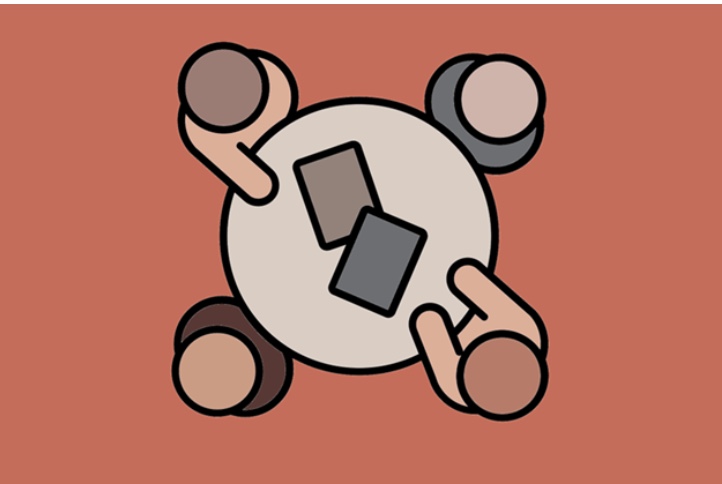
Even though cooperative learning is supported by research, so many teachers struggle with it and eventually give it up. Sometimes the smallest tweak in instructional approaches reaps the biggest impact, and group work is no exception. This post provides 17 small changes that can make a big difference in group work.
Authentic Small Group Discussions with the Real Talk Strategy
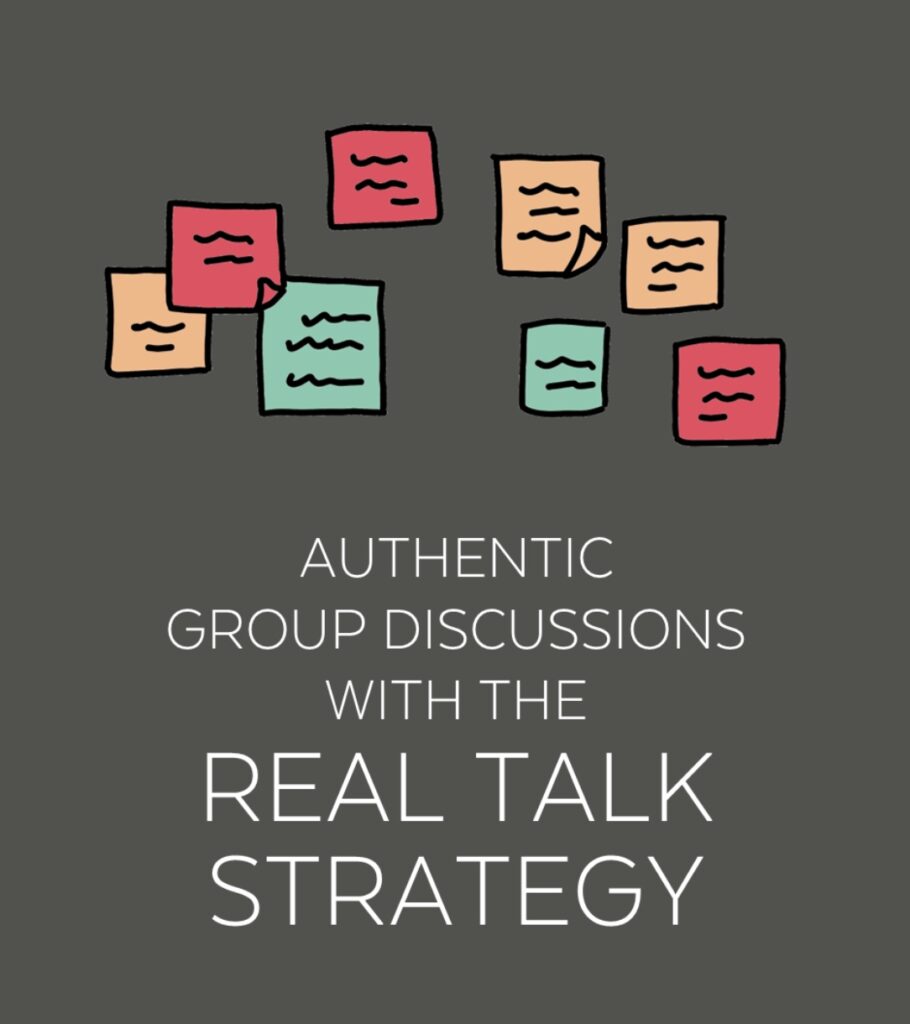
Real Talk is a small group discussion strategy for teachers who are ready to try an alternative to chaotic free-for all discussions and micromanaged role-based formats. In Real Talk, students create their own talking points, write them on sticky notes, and use a Discussion Board as they have their conversation. They are encouraged not to rush through the conversation and to really dig into their ideas. Real Talk works with any grade level and any text.
Ethics of AI Project
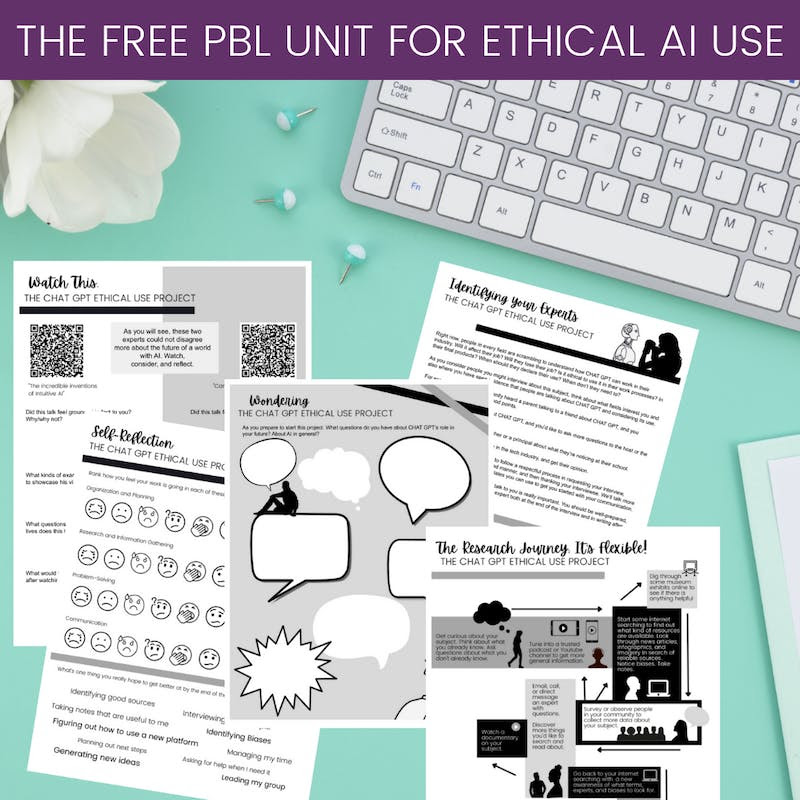
AI is here and everyone is paying attention, including our students. Maybe they’re wondering how it can help them with their work, while still making room for their originality, creativity, and sense of morality. This project-based learning unit is designed to help them figure it out.
Collaborative Project Ideas
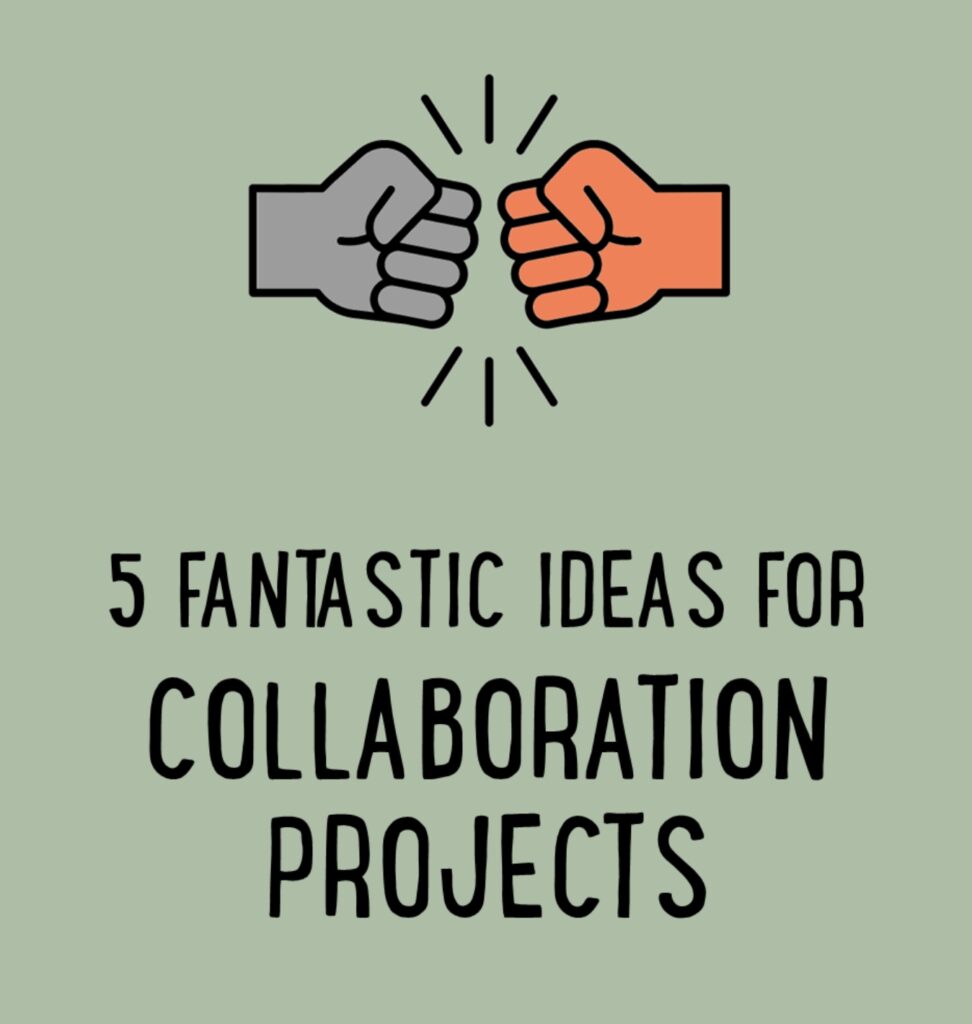
Working together to solve problems and create new things is a vital part of life, so it makes sense to practice it in school. The ideas presented here are for teacher-tested, customizeable projects that went well and got students actually collaborating, not just dividing up the work.
Hexagonal Thinking Actvities
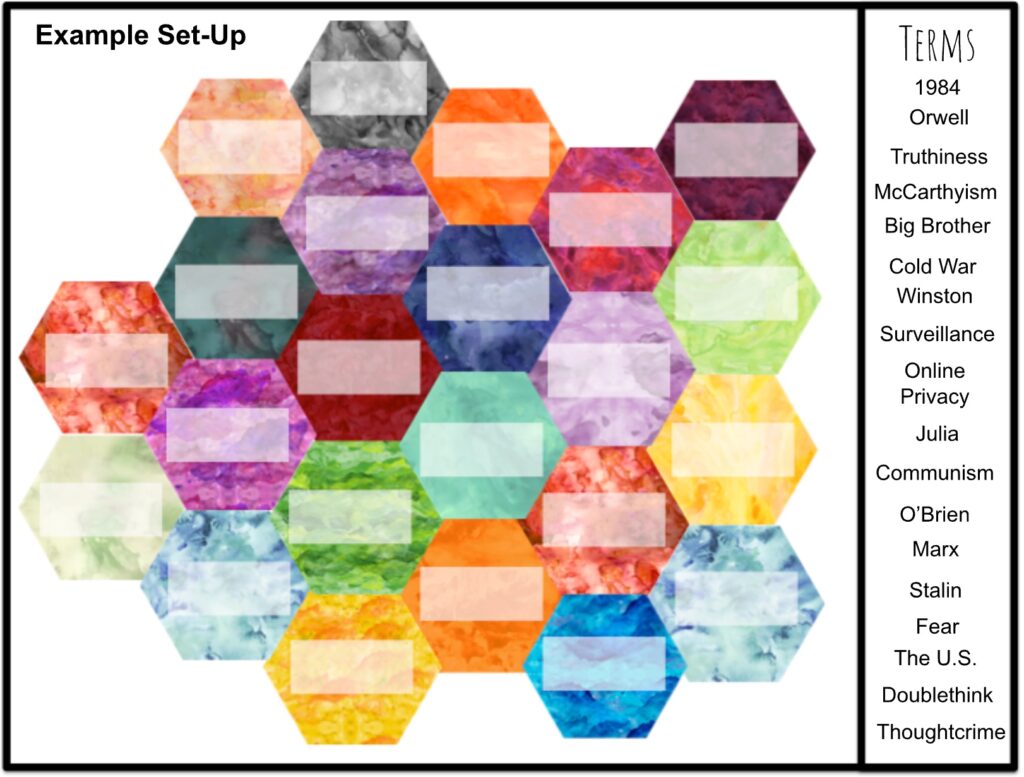
Hexagonal thinking is a simple method that yields big critical thinking results. Kids take a set of hexagons with varied terms, concepts, themes, real-world connections, etc. that relate to your current unit of study, and then link them together into an interconnected web. In pairs, groups, or even alone, they must use their critical thinking skills to decide which hexagons link best to which others.
#oneword2022

What is your ONE WORD for 2022? This creative assigment is a great way to have students reflect on their goals, ambitions, dreams, hopes and/or aspirations for 2022.
How to Use Podcasts in the Classroom
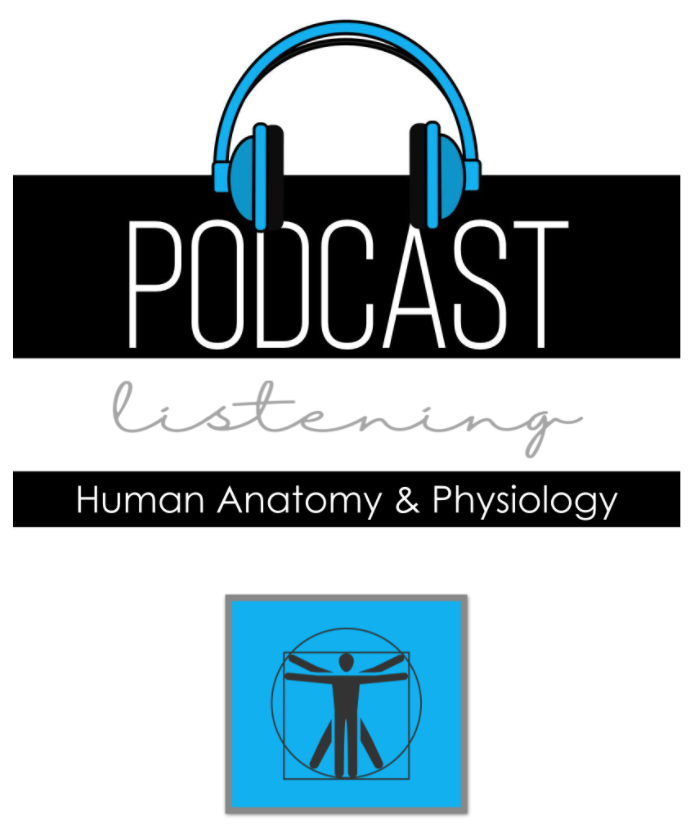
Educational podcasting has been growing in popularity in recent years. Students can listen to a podcast at the beginning of a unit as a way to generate interest in the topic or at the end of a unit as a way to extend and apply what they have learned. To take it further, you can have students create their own podcast as a project-based learning unit.
Icebreakers & Community Builders
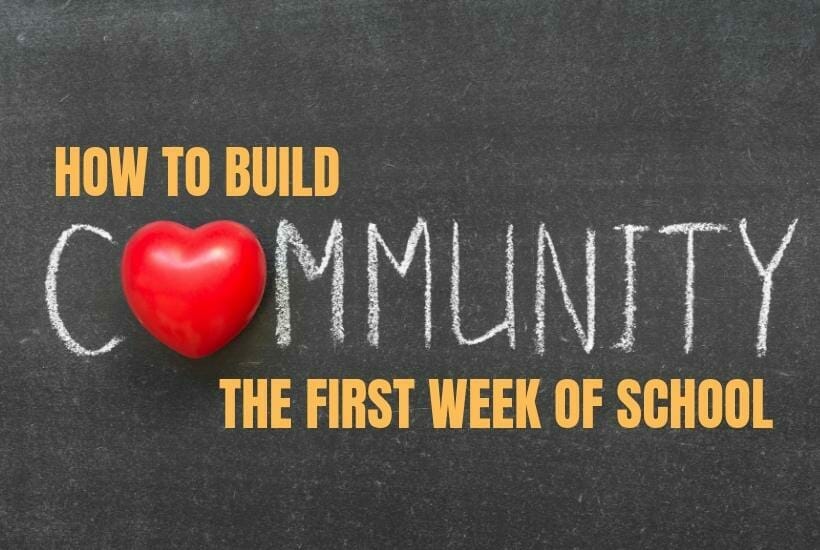
Taking time to build community, nurture relationships, and support students’ social-emotional needs first will lay the essential foundation you need to be successful with academic content throughout the year.
Iron Chef EduProtocol

The Iron Chef EduProtocol, modeled after the Iron Chef Cooking show, is a modernized version of the jigsaw. Students work in small groups to read, synthesize create, and present to their peers.
Cyber Sandwich EduProtocol
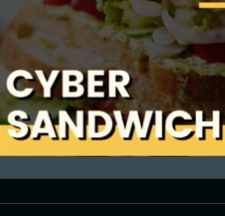
The Cyber Sandwich EduProtocol is a lesson frame in which students work in pairs or small groups to create a collaborative Venn Diagram. They record notes, compare and contrast topics, and summarize what they have read in this structured think-pair-share activity.
Thinking Routines for the Online Classroom
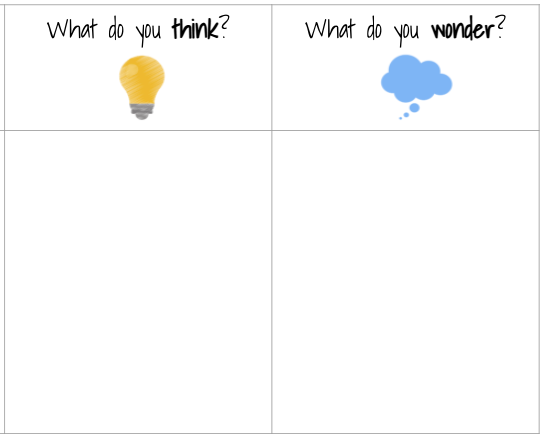
Project Zero at Harvard’s Graduate School of Education has created a collection of Core Thinking Routines as part of their Visible Thinking Project. This post highlights 5 Routines that encourage students to be intentional thinkers and provides a “how-to” document and Google Slides template for each.
Virtual Station Rotation Lessons
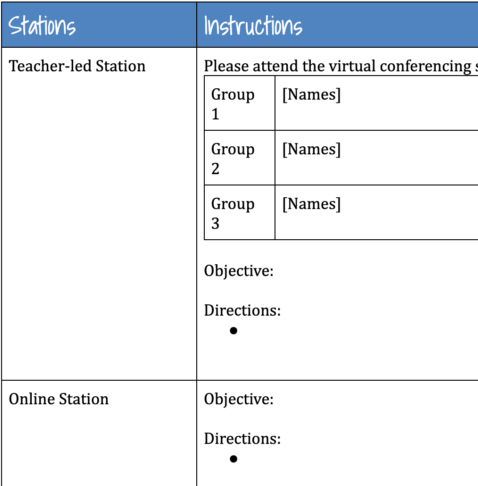
Instead of rotating physically like they would in a typical classroom, virtual station rotations have students shifting from one learning activity to the next. The beauty of the station rotation model lies in the small group dynamic, opportunities to differentiate more consistently, and increased student control over the pace at which they move through individual tasks.
4 Ted Talks to Teach Executive Functioning Skills
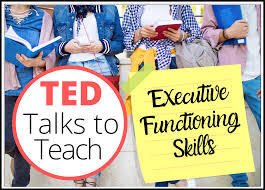
Executive functioning skills are key for our students to find success in the classroom and throughout their lives. EF skills include working memory, time management, organization, task initiation, emotional control, planning/prioritizing, and sustained persistence. Here are four engaging Ted Talks to be used in the classroom to help teach some of these much-needed skills.
Creative Ways to Use Jamboard
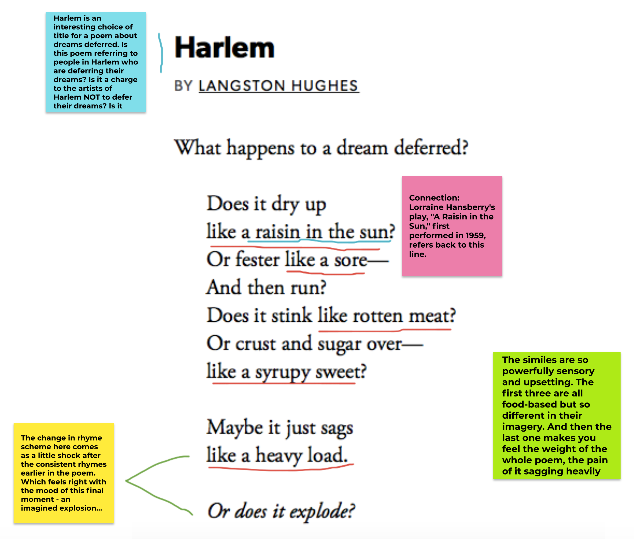
Jamboard is Google’s digital whiteboard that gives students a place to brainstorm and work collaboratively using drawing and writing tools, sticky notes, shapes, images, and more. This resource includes templates and activity ideas including annotations, photo comic strips, voting, pros and cons discussions, Top 10 Lists, and Four Corners.
Choose Your Own Adventure Project
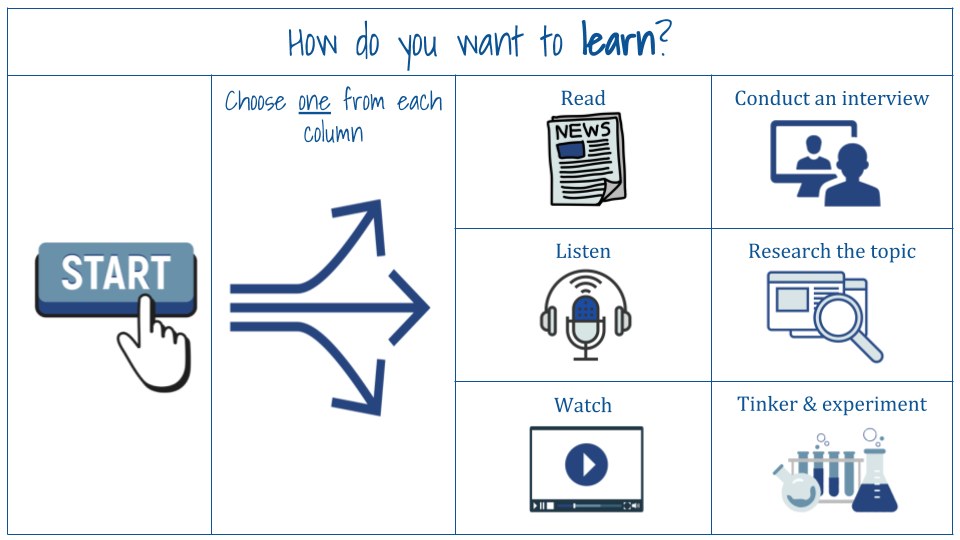
This creative “choose your own adventure” learning experience gives students lots of voice and choice in just about every aspect of learning and would be perfect for a term project. A google slide deck template provides the structure but students choose how they want to learn, how they want to process what they discovered, how they want to practice and review, and how they want to share their learning.
E-Books

You’ve reached the end of a unit or year, and you want students to demonstrate their learning in a way that requires them to synthesize information, apply it in new ways, and reflect on how they have grown. To achieve any of these goals, an end-of-unit exam doesn’t quite cut it. Instead, have students create their own PDF e-books, packaging up some aspect of their learning into a finished digital product…
Curation Assignments
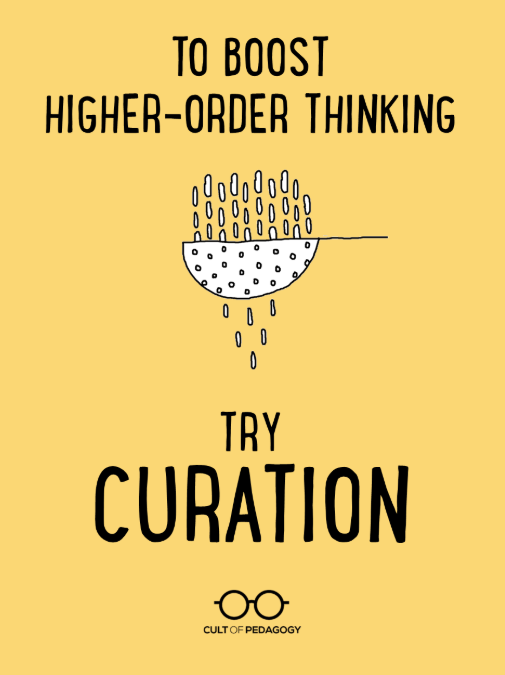
When it’s time to plan the learning experiences that would have our students operating on higher levels, some of us come up short. We may not have a huge arsenal of ready-to-use, high-level tasks to give our students. Instead, we often default to having students identify and define terms, label things, or answer basic recall questions. It’s what we know. And we have so much content to cover, many of us might feel that there really isn’t time for the higher-level stuff anyway. If this sounds anything like you, I have a suggestion: Try a curation assignment.
Close Reading Bookmarks
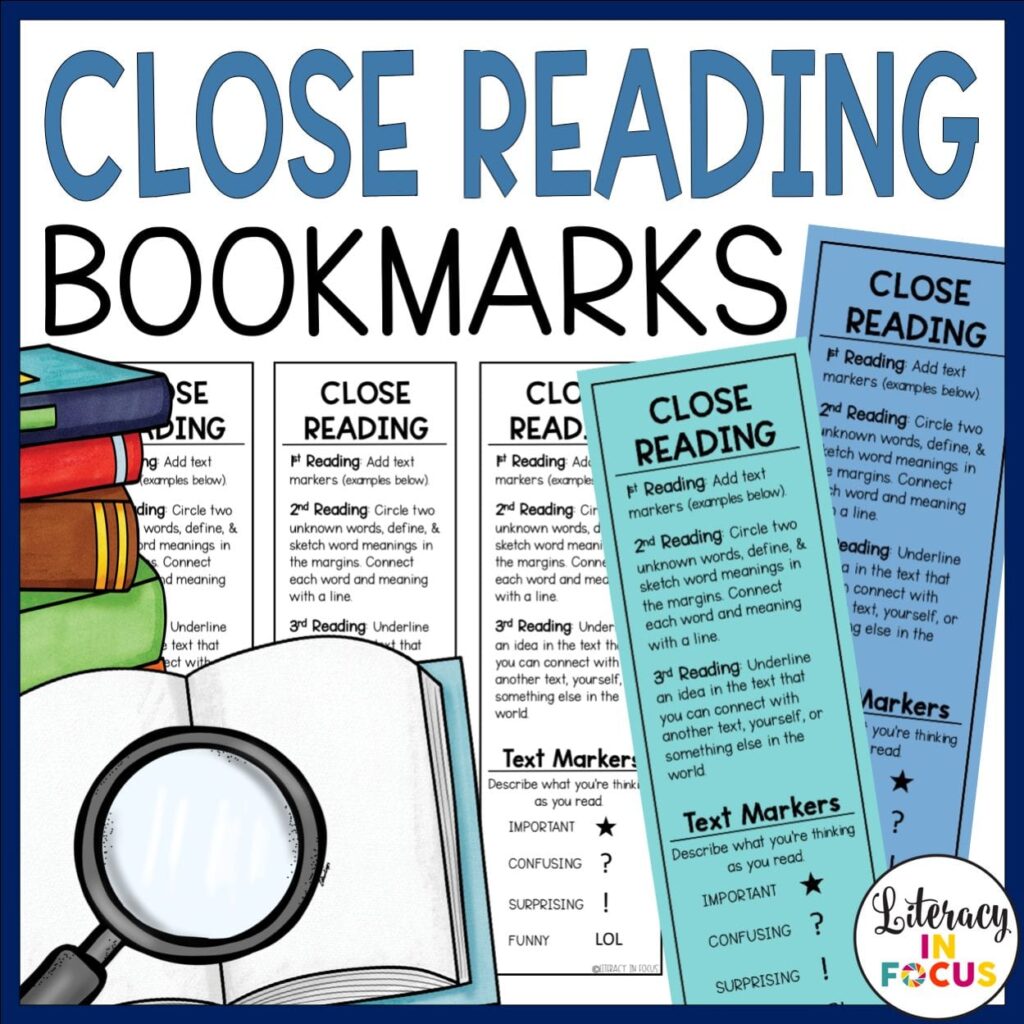
This simple tool is an excellent way to help students keep track of evidence as they read and prepares them for discussion or writing. On the left is an “as you read” bookmark at DOK 1, locating text features and describing the information that is contained in them. On the right is an open-ended template for use with a range of questions.
Send-a-Question

This strategy promotes team building and concept review as well as explorations that are more open-ended. Students work in groups of 3 or 4. Each team “puts their heads together” for a few minutes to develop a question or problem for another team to answer, solve, or respond to. Before they send it to the next team, they must draft an acceptable response to their question…
Problem-Solving Carousel
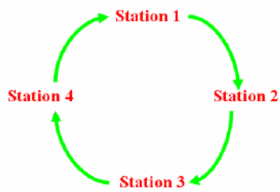
Each station has a different multi-step problem written on a large whiteboard or piece of chart paper. Groups are assigned to a station and begin working together to solve the problem written there. Time is called…
